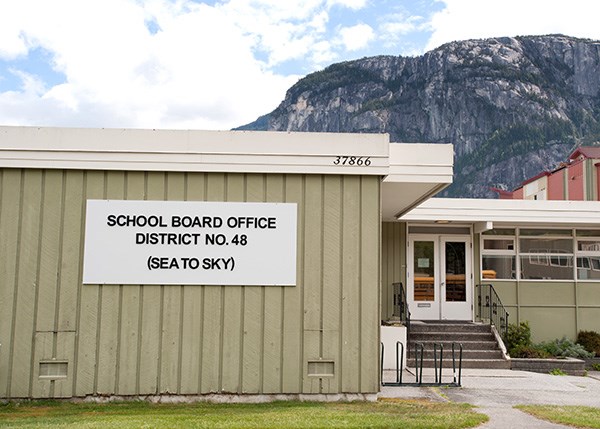With the recent Supreme Court of Canada decision restoring previous contract language between B.C. teachers and the provincial government, the question now for many Squamish educators is when this will have an effect on resources in classrooms.
The language dating back to 2001 includes the most well-known issues such as class size and composition, but also other factors including the number of counsellors needed for students and special needs support.
“We’ll start talking again, but we’ll start using the 2001 language,” says Steve Lloyd, president of the Sea to Sky Teachers Association.
The Supreme Court decision backs the union position, especially as it found that the government illegally stripped the contract language as well as bargained in bad faith. In effect, the Supreme Court sided with a dissenting view from the B.C. Court of Appeal.
“We’re expecting the B.C. government to listen to the Supreme Court of Canada,” Lloyd said.
On a personal level, he said the actions of the province over the last 15 years meant he became the only special education teacher at Howe Sound Secondary after there had previously been three. He still has concerns in light of Premier Christy Clark’s response that she is happy with the ruling.
“She’s spent millions of your dollars and mine trying to win an opposite ruling,” he said. “We’re hoping the government doesn’t try to play politics with this.”
The teachers’ union is hopeful the decision could mean more resources soon, especially in light of the current provincial surplus as well as a contingency fund built into this year’s budget. Province-wide, many estimates put the cost of the provisions covered in the Supreme Court decision at $250 to 300 million a year.
“We’re expecting to see services restored ASAP, meaning hopefully this year,” Lloyd said, adding there are differing opinions on whether this can happen varying from school district to school district.
Sea to Sky School District secretary-treasure Shehzad Somji said there are some issues to be addressed before the district could see any additional resource changes.
“Will it come in the second half of this year? It’s pretty tough to say that,” he said.
Most notably, the negotiations will have to be settled between the province and the teachers’ union first.
“Right now, it’s still at the provincial level,” he said.
As well, there would need to be an assessment of what is needed in classrooms and, on top of this, districts are now working with a different curriculum than they were 15 years ago.
In an unrelated story, the Sea to Sky School District is increasing the amount of money to schools, though the decision is not directly related to the legal dispute. At the last regular meeting, the board of education approved increasing funding per student by $48 to cover wages and other operation increases. In this case, the hike is to make up for an increase of about $1,000 over a year in the average cost per teacher, including salary, pension and other benefits.
“Our standard cost of a teacher has gone up,” Somji said.
This amount gets charged to the schools, so to offset the expense, the board agreed to the $48 per student increase.



